Space
Sign up for our newsletter
We summarize the week's scientific breakthroughs every Thursday.
-
 Astronomy
AstronomyYoung stars vibrate faster as they age
Stellar pulsations provide a new way to gauge ages of infant stars.
-
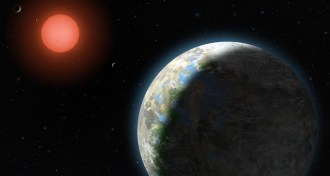 Astronomy
AstronomyExoplanets once trumpeted as life-friendly may not exist
Two exoplanets considered among the most promising for hosting life may not exist, a new study suggests.
By Andrew Grant -
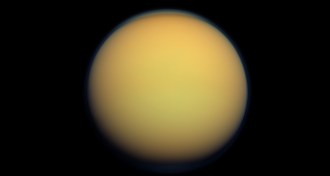 Planetary Science
Planetary ScienceTitan’s origins linked to Oort cloud
The building blocks of Titan may have formed in the early solar system, not from a warm disk around Saturn when the planet was young.
-
 Astronomy
AstronomyMagnetic bubbles could shield astronauts from radiation
With help from plasma and a magnet, solar storms' dangers would lessen on long space trips.
By Meghan Rosen -

-

-
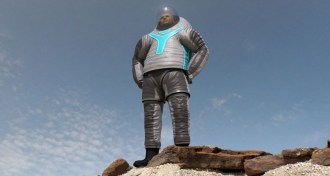 Astronomy
AstronomyNASA unveils space suit fit for Mars
NASA’s newly revealed Z-2 space suit is the second mock-up of a suit that NASA hopes will eventually protect explorers walking on Mars or drilling into an asteroid.
By Andrew Grant -
 Astronomy
AstronomyStar-eating star spotted
The first Thorne-Żytkow Object, a strange pair of stars where one engulfs the other, has been discovered.
-
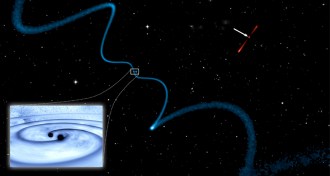 Astronomy
AstronomyRare trio of supermassive black holes found
Three supermassive black holes residing where two distant galaxies collide offer new clues about where to look for gravitational waves.
-
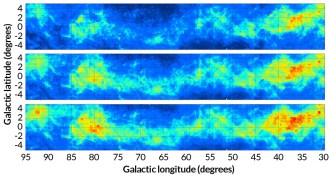 Astronomy
AstronomyMilky Way galaxy’s dust clouds shown in 3-D map
A new three-dimensional map of interstellar dust in the Milky Way wraps 180 degrees around the sky and extends over 16,000 light-years from Earth.
-
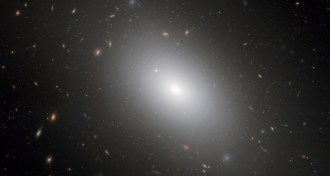 Astronomy
AstronomyGalaxy seed found from 3 billion years after Big Bang
A still-growing core of a galaxy in the early universe may help astronomers understand how massive elliptical galaxies get their start.
-
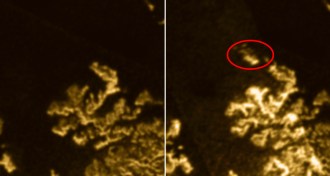 Planetary Science
Planetary ScienceMystery patch found floating on Titan’s seas
Changes on the surface of a methane lake on one of Saturn’s moons may signal the onset of summer there.